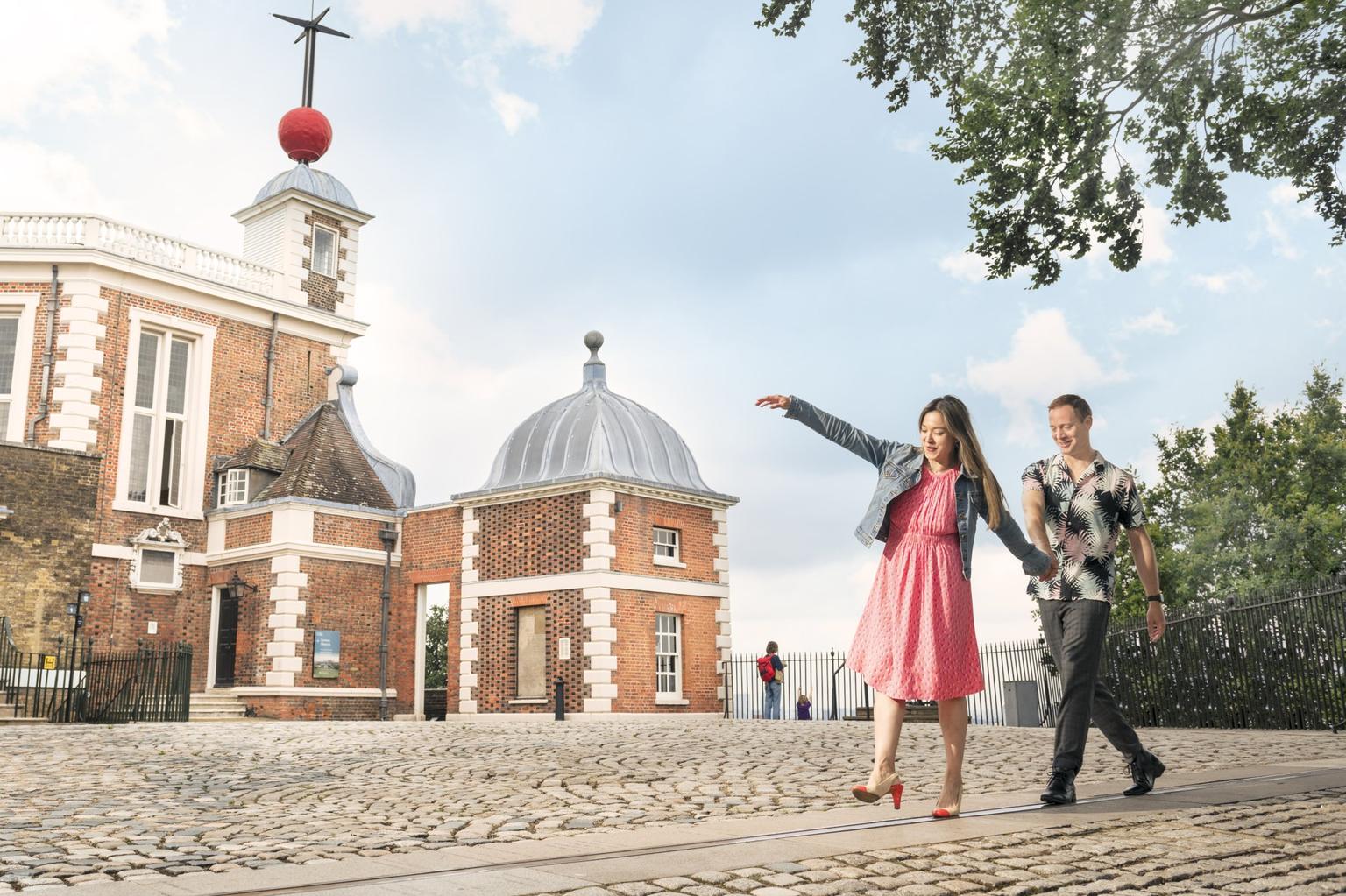
Royal Observatory Greenwich
With a National Art Pass you get
Royal Observatory Greenwich is home of Greenwich Mean Time and the Prime Meridian line, the observatory is one of the most important historic scientific sites in the world.
The historical landmark is nestled atop a hill in Greenwich Park with panoramic views across London is the former home of the Astronomer Royal and the birthplace of Greenwich Mean Time (GMT). A must-visit for astronomy enthusiasts or those curious about the universe, this awe inspiring museum brings together history, science, and wonder.
What to see
Explore the Harrison Timekeepers, a collection of historic clocks and chronometers that were used to measure time accurately at sea. Marvel at the Great Equatorial Telescope from inside the distinctive ‘onion dome’. Visit the Octagon Room, commissioned by King Charles II and designed by Sir Christopher Wren, it is the oldest part of the Royal Observatory Greenwich.
Things to do
Straddle the Prime Meridian with one foot in the Eastern Hemisphere and the other in the Western Hemisphere, or explore Flamsteed House, an historic building full of astronomical instruments and exhibits. Enjoy immersive shows that explore the wonders of the universe at the Peter Harrison Planetarium.
Fun for all ages
The Royal Observatory Greenwich offers a fascinating and educational experience for visitors of all ages, from astro activities for kids, live science demonstrations and astronomy sessions, special events, courses, talks and tours.
Eat and drink
Enjoy a bite to eat at The Astronomy Café and Terrace or pack a picnic and enjoy the view of the capital’s skyline.
While you are in Greenwich why not check out award-winning museum ship, the Cutty Sark or the National Maritime Museum which is free to visit.
Why you should go
Home to London’s only planetarium
Straddle the Prime Meridian (0° longitude)
Panoramic view of London's skyline
Visitor information
Address
Blackheath Avenue, Greenwich, London, Greater London, SE10 8XJ
020 8858 4422
Opening times
Open daily from 10am-6pm